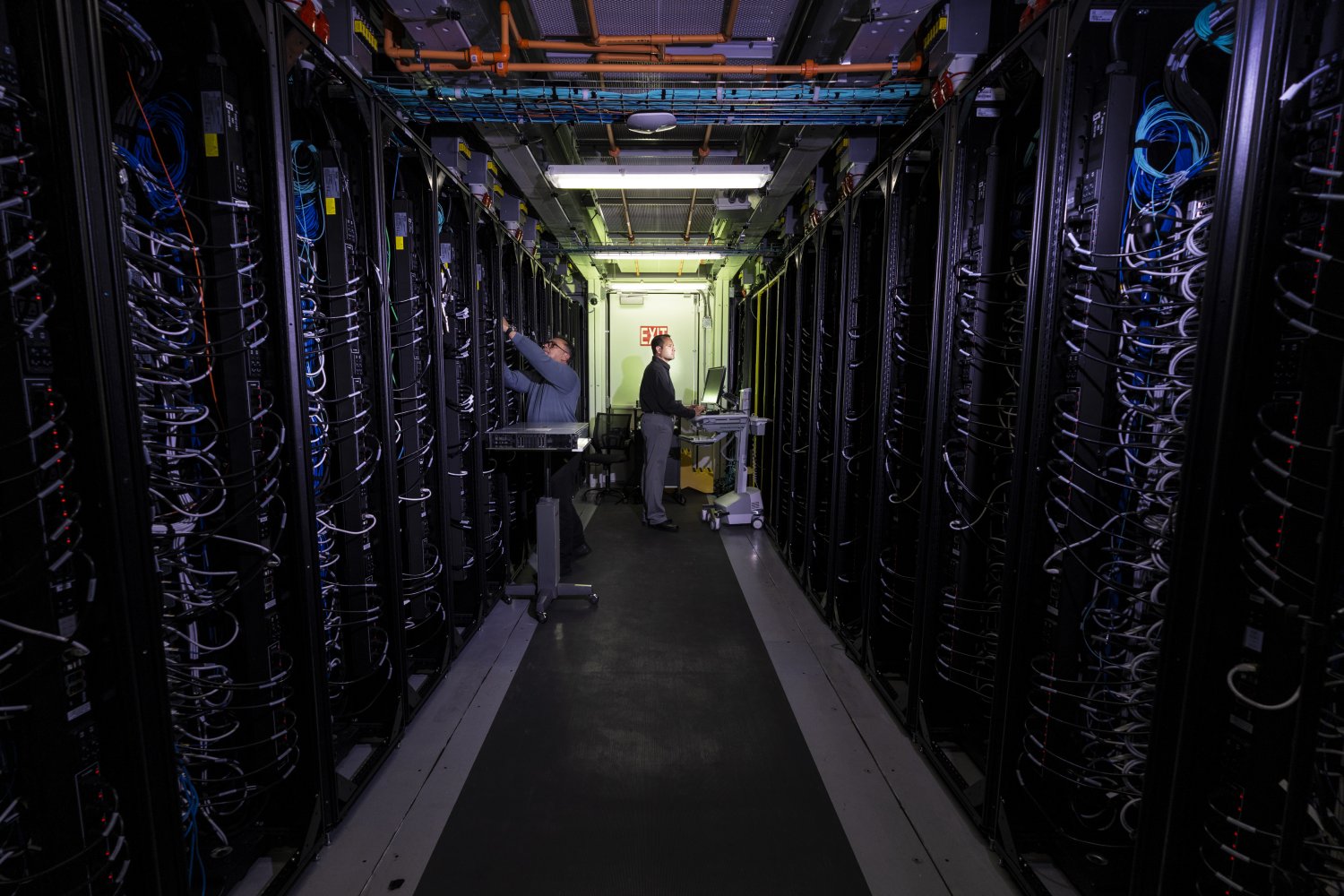Have you ever been lost in a maze of Python tools, unsure of which ones are truly necessary for your projects? Or maybe you’ve felt overwhelmed when transitioning from online coding platforms to setting up a local development environment. Moving from Python basics to navigating the vast landscape of Python tooling can be daunting. But fear not, because the command line is here to help. Despite its reputation as a cryptic realm, the command line is actually your gateway to Python tooling. It allows you to efficiently manage Python packages, set up isolated environments, and handle version control – all essential skills for proficient Python development. At Dataquest, we understand this challenge and have created a solution – the Tooling Essentials for Python Users course. This course is designed to equip you with the essential tools you need to become a well-rounded Python developer. In today’s tech-driven world, knowing Python and its suite of tools is not just a skill, it’s a necessity. Whether you’re a web developer building dynamic websites or a data analyst uncovering insights from large datasets, the command line is a common denominator. It provides a powerful and flexible base for your operations. Similarly, tools like pip, Git, and virtual environments are essential for navigating the complexities of project dependencies and version control. These tools are not just conveniences, they are the engines that drive modern development workflows. The command line is more than just a black box. It’s your launchpad into efficient development. It allows you to interact with your computer in a powerful and streamlined manner. Whether you’re managing files, installing packages, handling version control, or testing Python code, being comfortable with the command line enables you to optimize your workflow. Let’s consider a real-world example. Imagine a team of developers working on a critical project. Just hours before the deadline, they encounter a bug. Instead of searching through the entire codebase in a graphical interface, a developer uses the command line to quickly search for a specific error message. Within seconds, they locate the problematic file and fix the bug, allowing the team to deliver the project on time. Once you’re comfortable with the command line, the world of Python tooling opens up. Tools like pip for managing packages and Git for version control become your best friends for building scalable and maintainable projects. Additionally, using virtual environments is an industry best practice for managing dependencies and ensuring conflict-free projects. Let’s consider another real-world example. Imagine a developer named Britta who is working on two projects. One project requires an older version of a Python library, while the other project requires the latest version. By leveraging virtual environments, Britta can seamlessly switch between the two projects without any version conflict issues. This ensures that each project has the exact dependencies it requires. Integrated Development Environments (IDEs) like VS Code and PyCharm are not just text editors. They are your coding copilots, offering an array of features like syntax highlighting, code completion, and debugging tools. These features are indispensable for efficient coding sessions. Let’s consider yet another real-world example. Imagine a developer named Abed who is working on a complex Python project. While working on a critical function, Abed notices something peculiar – the code is not producing the expected output. Instead of manually sifting through hundreds of lines, Abed turns to his IDE, PyCharm. Using its built-in debugging tools, Abed sets breakpoints and watches variables, quickly narrowing down the issue. Moreover, the IDE’s code completion feature suggests relevant methods and functions, saving Abed from frequent document consultations. It’s as if Abed has an assistant guiding him, ensuring his code is efficient and error-free. The Tooling Essentials for Python Users course is designed to provide an in-depth understanding of the essential tools in Python. It consists of carefully curated lessons that build on each other to give you a strong foundation in Python tooling. From command line basics to navigating and managing files, to virtual environments, Git basics, and selecting and installing an IDE, you’ll learn everything you need to know to confidently use these tools in your projects. By the end of the course, you’ll have the skills and confidence to efficiently manage dependencies, handle version control, and set up your local development environment like a pro. Equipping yourself with these essential tools can be a significant differentiator in the competitive tech industry. It can open doors to more advanced projects and roles, and potentially lead to higher salary opportunities. So don’t sail the stormy seas of Python development without the proper gear. Invest in your knowledge of Python’s essential tools and set yourself up for success.
Source link






















